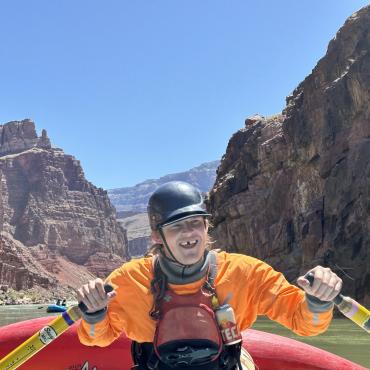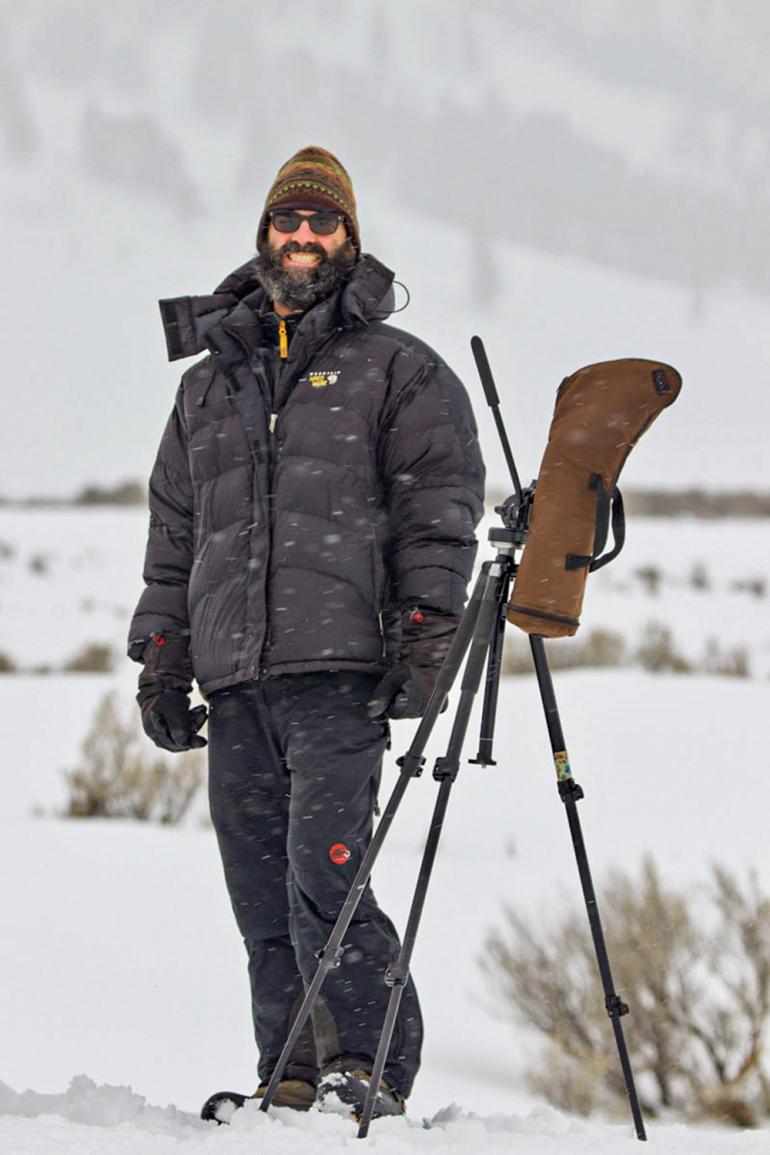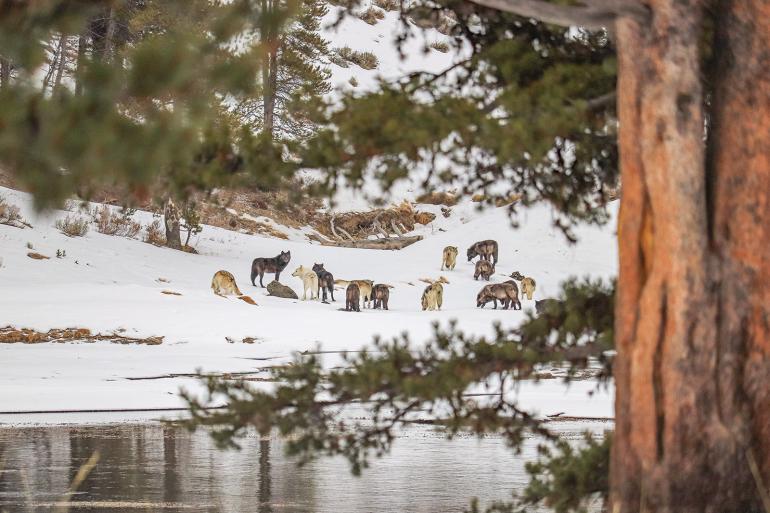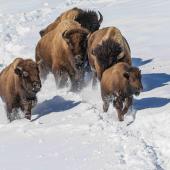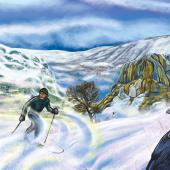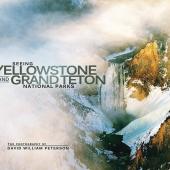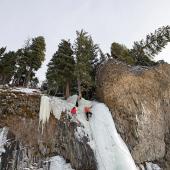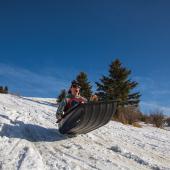My First Time: Nathan Varley
Watching wolves in Yellowstone Park.
When it comes to wolves in Yellowstone, there are few better to speak with than Nathan Varley. Even before founding Yellowstone Wolf Tracker—a wildlife-guiding business based in Gardiner—with his wife, Linda, Nate was already an authority on the Park. Hell, he grew up inside it.
Raised in Mammoth Hot Springs, Nathan’s fascination with Yellowstone’s fauna began at an early age and was fostered by his parents, who worked as park rangers and wildlife biologists. He earned both his B.S. and M.S. in biology at Montana State, studying mountain goats in the Absarokas; he later earned a Ph.D. at the University of Alberta, focusing on the relationships between wolves and elk, following the reintroduction of the former. These days, Nathan’s life is dedicated to helping people witness the Park’s animals—especially wolves—for themselves. Recently, we caught up with Nathan to hear about the experience that enraptured him with wolves in the first place.
So Nathan, tell us about your first time seeing wolves in Yellowstone National Park.
It was in the late ’90s. Wolves had been back on the ground for a few years, and my partner and I were out tracking some of the free-roaming animals in the Park—you know, typical wildlife-biology stuff. The wolves were all collared, and we were looking for them based on their telemetric locations. Sometimes we’d find animals and observe them that way, but I’d been out a handful of times without ever getting a great look at a wolf. But on this particular day, we found out that they were hiding up in the timber above the carcass of an elk they’d killed down in the valley. It was getting close to dark, but wolves often get up and move around at night, so we decided to hunker down and wait for some action.
What really made an impression on me was that they all had a different look. They weren’t five animals that looked similar and were difficult to distinguish. They were five unique wolves with distinct markings, colorations, sizes, and proportions.
For a while, all we saw was bird activity at the carcass—ravens, eagles, and the like. But soon enough, there was movement along the treeline. A pack of five wolves broke cover and began trotting toward the kill. In the evening light, it looked like they were coming right toward us. Really beautiful. Wolves typically follow each other in a line, but these were kind of fanned out and coming in side-by-side. What I noticed—what really made an impression on me—was that they all had a different look. They weren’t five animals that looked similar and were difficult to distinguish. They were five unique wolves with distinct markings, colorations, sizes, and proportions. I thought Wow, this is really cool.
Herd animals are typically difficult to differentiate, like telling one cow elk from another—but with wolves it’s different. It made me realize that they aren’t so much a group, but a collection of individuals. From then on out, I learned to understand that a pack is something of an alliance or cooperative that work together and fulfill their duties to help the group survive. I witnessed a lot of that sort of reliance on each other throughout the year, but that ability to identify them was the most interesting thing. There was enough variation that I could quickly determine which individual was which and then start following that particular wolf through time. I think that’s what's most exciting for the people who watch wolves regularly in Yellowstone. Like me, they’re interested in the pack dynamics, the individual stories, what the history or role of a particular wolf might be, and its relationship to the pack.
Seeing that firsthand really stuck with me, and since I could really hone in on the different members of the pack, over time I started to learn their personalities, too. I was hooked, and I wanted more, so I followed the path that allowed for that. Ultimately, that became guiding and sharing that experience with other people, so they too might have a similar encounter with these fascinating animals.
Learn more about Yellowstone wolves and Nathan Varley on the O/B Podcast.

